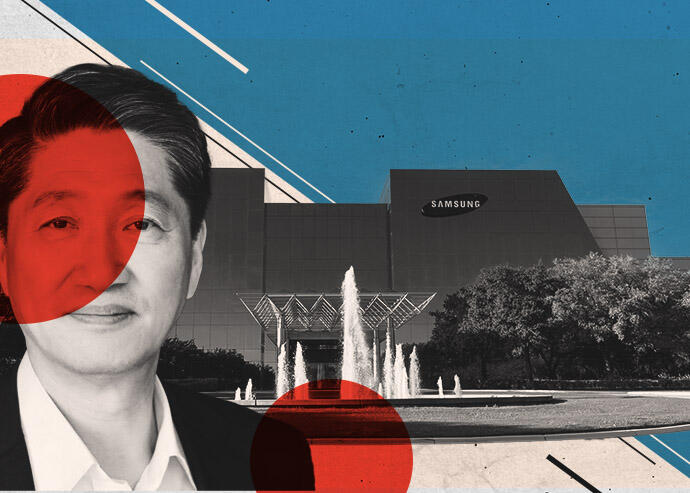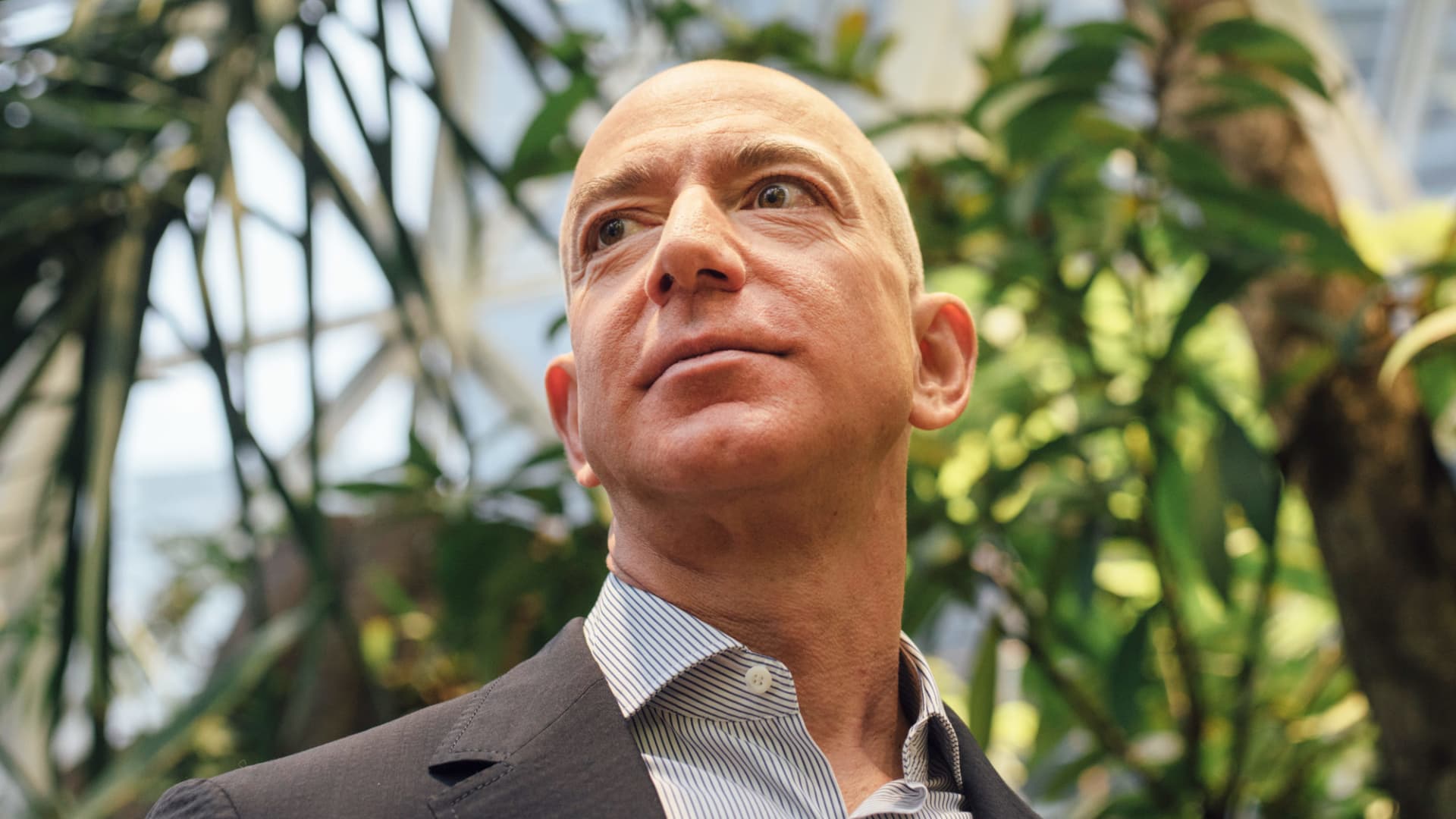Interesting video, good PR for Samsung:
Array
(
[content] =>
[params] => Array
(
[0] => /forum/threads/what-samsung%E2%80%99s-return-to-u-s-chip-manufacturing-means-for-the-economy.15975/
)
[addOns] => Array
(
[DL6/MLTP] => 13
[Hampel/TimeZoneDebug] => 1000070
[SV/ChangePostDate] => 2010200
[SemiWiki/Newsletter] => 1000010
[SemiWiki/WPMenu] => 1000010
[SemiWiki/XPressExtend] => 1000010
[ThemeHouse/XLink] => 1000970
[ThemeHouse/XPress] => 1010570
[XF] => 2030770
[XFI] => 1060170
)
[wordpress] => /var/www/html
)
Guests have limited access.
Join our community today!
Join our community today!
You are currently viewing SemiWiki as a guest which gives you limited access to the site. To view blog comments and experience other SemiWiki features you must be a registered member. Registration is fast, simple, and absolutely free so please, join our community today!
You are using an out of date browser. It may not display this or other websites correctly.
You should upgrade or use an alternative browser.
You should upgrade or use an alternative browser.
What Samsung’s Return to U.S. Chip Manufacturing Means For the Economy
- Thread starter Daniel Nenni
- Start date
Daniel Payne
Moderator
Taylor, Texas reminds me of Aloha, Oregon, because Intel's first Oregon fab was placed in the tiny community of Aloha in 1974, for exactly the same reasons, tax incentives.
I watched that video this morning. WSJ subscribers tend to be more sophisticated than the level that video is aimed at. It reminded me of a TV commercial. The video doesn't mention far higher labor and construction costs in the US and EU than in Taiwan and China. Onerous environmental approvals and regulations. NIMBY environmentalists trying to sway politicians. If Israel can figure it out, and get Intel to put a fab in Jerusalem (talk about a problematic location), the US should be able to figure out how to support chip manufacturing. Congress also needs to understand (what we know) that fabs need a supporting ecosystem to really make the US viable as a supplier. I can't picture most of the prominent congresspeople understanding that. Perhaps I'm being too pessimistic, but I doubt it.
hist78
Well-known member
I watched that video this morning. WSJ subscribers tend to be more sophisticated than the level that video is aimed at. It reminded me of a TV commercial. The video doesn't mention far higher labor and construction costs in the US and EU than in Taiwan and China. Onerous environmental approvals and regulations. NIMBY environmentalists trying to sway politicians. If Israel can figure it out, and get Intel to put a fab in Jerusalem (talk about a problematic location), the US should be able to figure out how to support chip manufacturing. Congress also needs to understand (what we know) that fabs need a supporting ecosystem to really make the US viable as a supplier. I can't picture most of the prominent congresspeople understanding that. Perhaps I'm being too pessimistic, but I doubt it.
This WSJ video reported Texas State government is giving $27 million and local government is granting a 10-year 90% property tax reduction to Samsung Taylor project. This is an inaccurate or unprofessional reporting by blurring out the amount of taxpayers money the local government, not State of Texas, has committed.
The City of Taylor, Williamson County, and school district have committed $954 million to Samsung. The $27 million Samsung is going to receive from the State of Texas is really a small potato in the whole subsidy scheme. This is a one billion dollar public subsidy program!
"The incentives include $954 million of property tax breaks from the city, county and school district over the 30-year life of the contracts. That’s in addition to a $27 million grant from a state incentive fund.
A database run by public-interest group Good Jobs First ranks it the biggest corporate incentive deal of its type in Texas history, the Statesman reported. An additional $260 million of infrastructure improvements near the site will be funded mostly by the city, county, and state. "

Samsung’s $17B deal came with Texas-sized incentives
A record-breaking Texas Samsung deal took millions of dollars in subsidies to land.
therealdeal.com
Why did Samsung not expand in Austin, on a property nearby, and instead went to Taylor? Did the New York site ever have a chance? To me it's similar to Amazon HQ2, which was once in NYC and then later only in Virginia. While tax breaks and incentives grab the spotlight the real reason is business climate, and any extras, tax breaks or incentives, are a cherry on top.
CNBC America's Top States for Business ranks states business environments. The most recent 2021 ranking puts Virginia as #1. Texas is #4.
What goes into a high score? According to Wikipedia, there are 10 categories, cost of doing business, workforce, quality of life, infrastructure, economy, education, technology, business friendliness, access to capital, and cost of living.
You can observe that Amazon essentially validated CNBC ranking and its relevance in the real world by selecting Virgina, which offered smaller incentives. Virginia and Arlington offered roughly $800 million in public incentives, compared to $1.8B in NY, $8.5B in Maryland and $7B in New Jersey.
Taylor won, but the reasons Austin and New York lost haven't been discussed. So I'll offer some theories.
New York lost out because it is an inferior place to locate a business, and even big incentives can't overcome that headwind.
Why did Austin lose? The ranking doesn't give county-level granularity but you can note that Austin real estate assessments jumped 54% in 2022. This would give Taylor an edge just not having that kind of cost of living issue. Finally, we don't know what incentives Austin offered, but it may simply have been less.
Is $954M excessive? Perhaps. You can note that in 2018 the HQ2 winning package was $800M, this is in the ballpark of that, plus a little for inflation.
CNBC America's Top States for Business ranks states business environments. The most recent 2021 ranking puts Virginia as #1. Texas is #4.
What goes into a high score? According to Wikipedia, there are 10 categories, cost of doing business, workforce, quality of life, infrastructure, economy, education, technology, business friendliness, access to capital, and cost of living.
You can observe that Amazon essentially validated CNBC ranking and its relevance in the real world by selecting Virgina, which offered smaller incentives. Virginia and Arlington offered roughly $800 million in public incentives, compared to $1.8B in NY, $8.5B in Maryland and $7B in New Jersey.
Taylor won, but the reasons Austin and New York lost haven't been discussed. So I'll offer some theories.
New York lost out because it is an inferior place to locate a business, and even big incentives can't overcome that headwind.
Why did Austin lose? The ranking doesn't give county-level granularity but you can note that Austin real estate assessments jumped 54% in 2022. This would give Taylor an edge just not having that kind of cost of living issue. Finally, we don't know what incentives Austin offered, but it may simply have been less.
Is $954M excessive? Perhaps. You can note that in 2018 the HQ2 winning package was $800M, this is in the ballpark of that, plus a little for inflation.
If you look on a map, Taylor is so close to Austin that I'm sure the locals consider it to be part of the Austin metropolitan area. So, IMO, it really is in Austin, actually just outside of Round Rock.Why did Samsung not expand in Austin, on a property nearby, and instead went to Taylor? Did the New York site ever have a chance? To me it's similar to Amazon HQ2, which was once in NYC and then later only in Virginia. While tax breaks and incentives grab the spotlight the real reason is business climate, and any extras, tax breaks or incentives, are a cherry on top.
CNBC America's Top States for Business ranks states business environments. The most recent 2021 ranking puts Virginia as #1. Texas is #4.
What goes into a high score? According to Wikipedia, there are 10 categories, cost of doing business, workforce, quality of life, infrastructure, economy, education, technology, business friendliness, access to capital, and cost of living.
You can observe that Amazon essentially validated CNBC ranking and its relevance in the real world by selecting Virgina, which offered smaller incentives. Virginia and Arlington offered roughly $800 million in public incentives, compared to $1.8B in NY, $8.5B in Maryland and $7B in New Jersey.
Taylor won, but the reasons Austin and New York lost haven't been discussed. So I'll offer some theories.
New York lost out because it is an inferior place to locate a business, and even big incentives can't overcome that headwind.
Why did Austin lose? The ranking doesn't give county-level granularity but you can note that Austin real estate assessments jumped 54% in 2022. This would give Taylor an edge just not having that kind of cost of living issue. Finally, we don't know what incentives Austin offered, but it may simply have been less.
Is $954M excessive? Perhaps. You can note that in 2018 the HQ2 winning package was $800M, this is in the ballpark of that, plus a little for inflation.
I can't imagine why anyone would want to put a manufacturing facility of any kind into New York State, what with its tax and union situations. Also, New York is not a place a lot of people consider moving to, more like a state people want to leave. I know Global Foundries is there, but as I remember New York paid dearly to get them to go, and it is still one of GF's smaller fabs. Correct?
As for Amazon's second HQ decision, this article gives some high level information:

Amazon reveals the truth on why it nixed New York and chose Virginia for its HQ2
Amazon reveals the truth about why the company nixed New York and chose Northern Virginia for its HQ2. Top on its list was the region's tech talent pipeline. The tech giant used data analysis, including CNBC's Top States for Business study, to access the quality of each state's workforce...
Personally, I thought the proposed NYC location in Queens was a really bad idea, so I'm surprised they even floated it. They must have had information on qualified workers I don't have.
